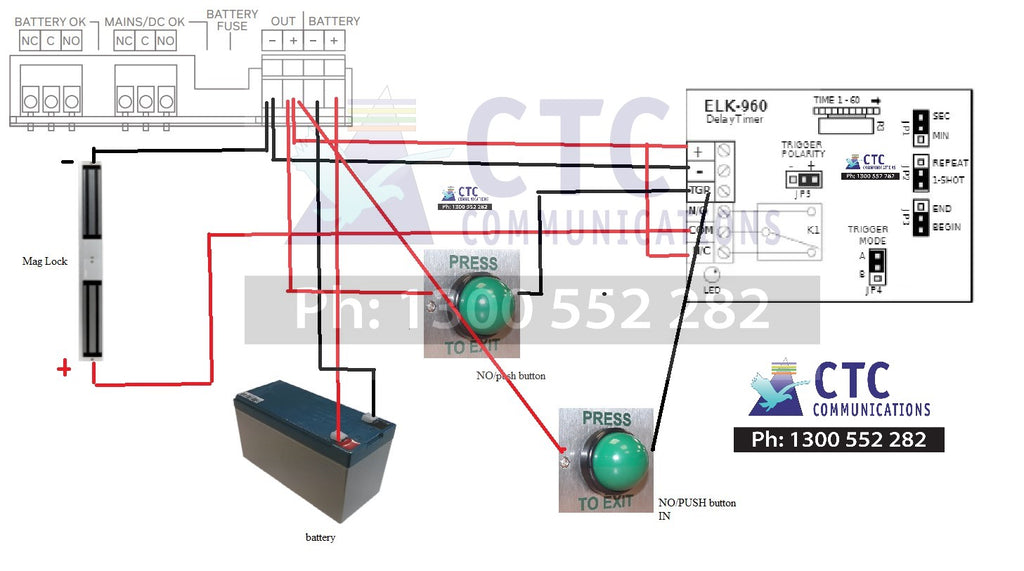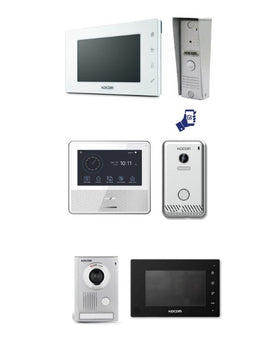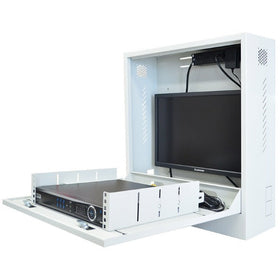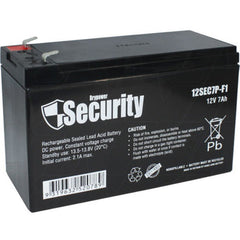
Designing a Magnetic Latch System: A Step-by-Step Guide
Designing a standalone magnetic latch system involves balancing functionality, safety, and automation. Whether you're building a secure access point or a simple locking mechanism, the following guide outlines the key considerations and components required for a successful build.
1. Define Your Requirements
Start by outlining the specific needs of your magnetic latch system. Key factors include:
-
Holding Force: How strong does the latch need to be?
-
Size Constraints: Is space limited in your application?
-
Power Consumption: Will the system run on mains power or battery?
-
Environment: Will it operate indoors, outdoors, or in harsh conditions?
2. Choose the Right Magnet
Select a magnet that meets your holding force and size requirements. Neodymium magnets are commonly preferred for their strength and compact form. When choosing, consider:
-
Shape and size
-
Material composition
-
Mounting configuration
3. Design the Latch Mechanism
The latch should interface seamlessly with the magnet. This can range from a simple metal plate to a more advanced mechanical catch, depending on the required security level. Ensure the mechanism:
-
Locks securely when engaged
-
Disengages easily when released
-
Aligns correctly every time

4. Build the Housing and Mounting System
Develop an enclosure that safely houses the magnet and latch mechanism. Your design should factor in:
-
Structural strength and durability
-
Environmental protection (dust, moisture, etc.)
-
Mounting method (screws, brackets, adhesives)
5. Integrate a Control Mechanism
Determine how the latch will be activated:
-
Manual Operation: Simple push-to-exit buttons or key switches
-
Automated Operation: Sensors, timers, or electronic access control systems
If automating, include a control circuit to trigger the latch based on a user action, sensor input, or timed schedule.
6. Select a Suitable Power Supply
Your power source must support both the magnet and control mechanism:
-
Mains Power: Stable but needs fail-safe backup
-
Battery-Powered: Requires power-efficient design
For critical applications, include a backup battery to maintain operation during outages.
7. Incorporate Safety Features
Safety is essential for all latch systems. Consider:
-
Backup power supply
-
Electromagnetic compatibility (EMC)
-
Operating temperature range
-
Compliance with safety standards and certifications
8. Add Automation with a Timer Module
For enhanced functionality, integrate a universal timer module to manage latch timing. This allows:
-
Delayed release or engagement
-
Re-locking after a preset time
-
Customised triggers based on entry/exit patterns
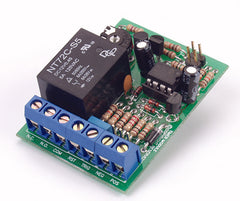
9. Reference Configuration & Parts List
Below is an example setup using common security-grade components:
-
FSHFEM4300 – Magnetic Lock
-
SMART7040G (x2) – Press-to-Exit Buttons
-
PBXPBB2S-13-3.5 – 12VDC Power Supply
-
PBXWMBB-C-S-D – Power Supply Enclosure
-
BAT2000 – Backup Battery (12VDC / 7Ah)
-
RRC2300 – Universal Timer Module (12–24VDC)
Final Tip
Remember, designing a magnetic latch system can be complex and each application has unique challenges. Always consult the datasheets and follow wiring diagrams closely. For complex or mission-critical installations, it's advisable to consult with a security system specialist like CTC Communications to ensure optimal performance and compliance.
